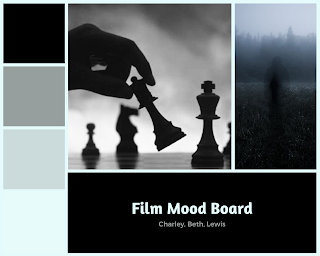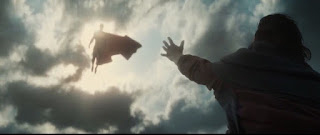La La Land Cinematography
Discuss how important cinematography is in establishing strong responses from spectators to a key character in La La Land. Of the scenes in La La Land, the one in which I will be focusing on is from after Mia and Sebastian break up - in it I will focus on Sebastian, I chose this scene because in this point of the movie, I believe the characters become more relatable. The scene begins with long shot of a wedding, as the camera pans anti-clockwise we see couples dancing and sitting then it stops at Sebastian playing the piano and pans forward. By panning the camera around the audience, the audience can notice that Sebastian is the only one alone at the wedding, this highlights how lonely Sebastian must feel, since all around him are happy couples while he has recently experienced heartbreak. An audience member may identify with this scene, because many people have to go to weddings when they're single, and most people experience terrible break ups. If the camera had just shown Se...


